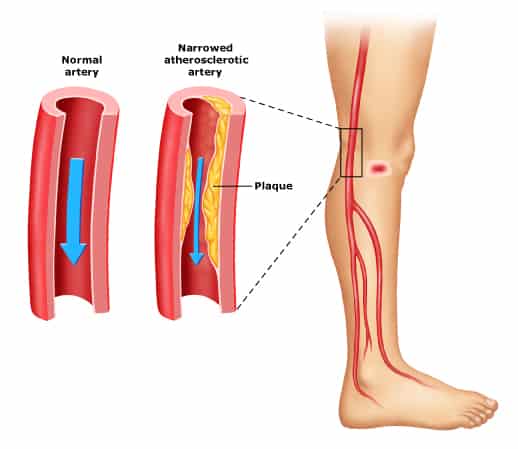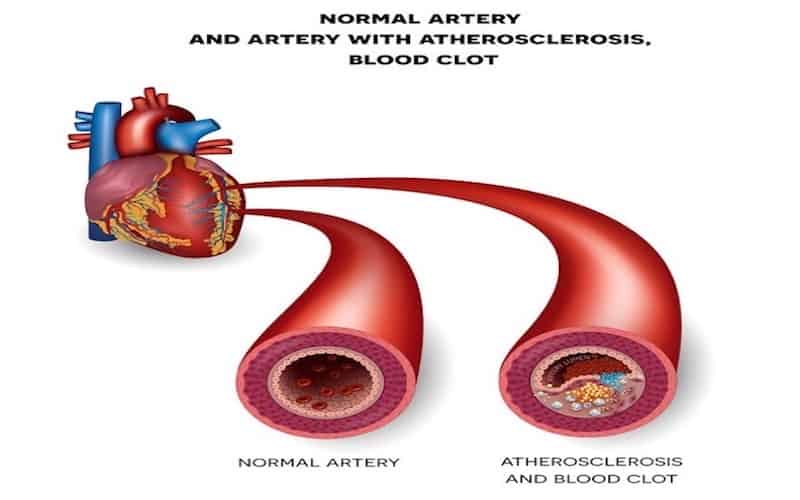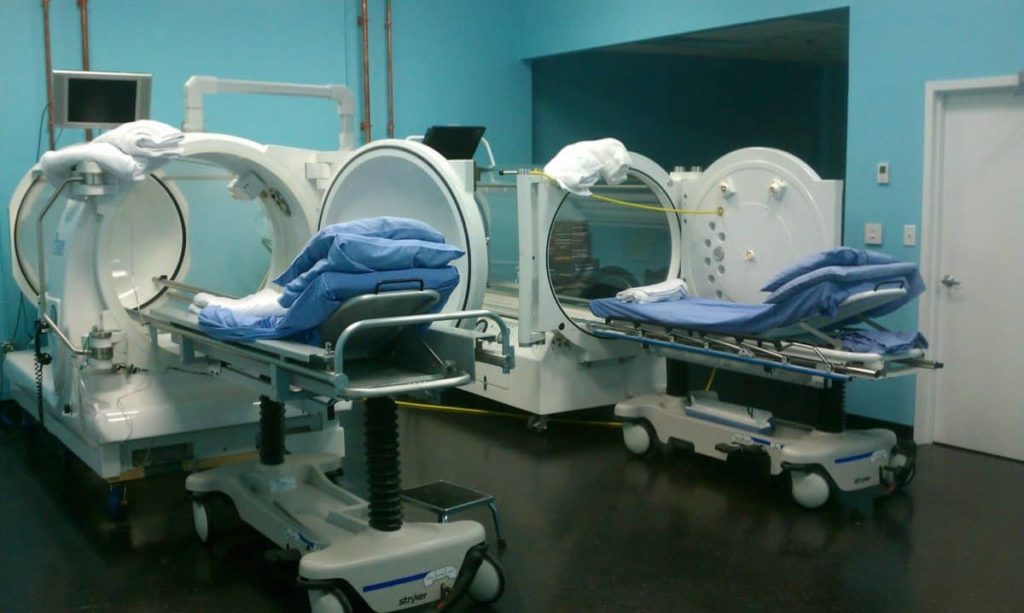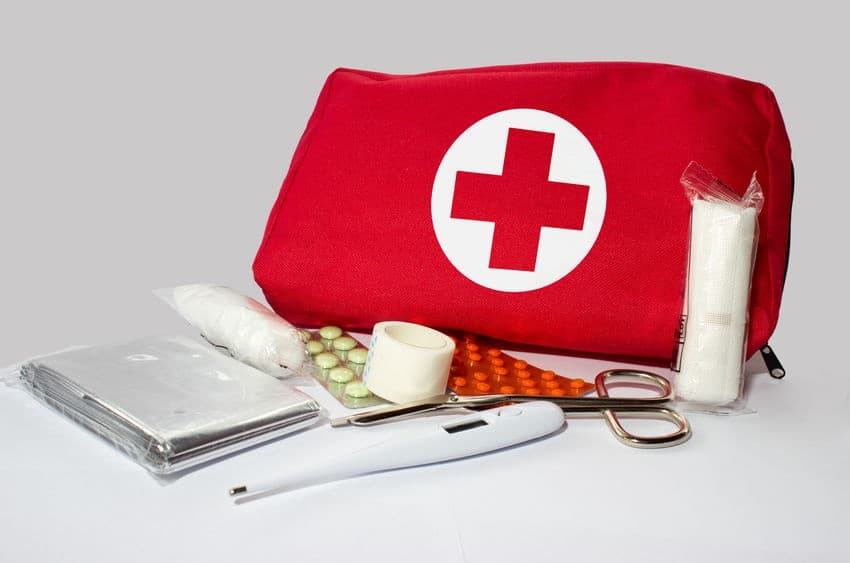In the U.S. alone, more than 18 million people have symptoms of PAD, or peripheral arterial disease, which is also known as peripheral vascular disease. PAD causes limited circulation throughout the body, restricting the vital blood flow that nourishes the body’s pathways and systems.
PAD commonly affects the body’s limbs, where reduced circulation can lead to amputation of the fingers, arms, toes, feet, and lower legs. It can also be an indication of fatty deposits in the body’s arteries, known as atherosclerosis, which puts the heart and brain at risk.
While peripheral arterial disease is a relatively common condition, many people are unaware that they have it. For this reason, the medical community works to build awareness of Peripheral Arterial Disease and the importance of early detection. September is PAD Awareness Month.






